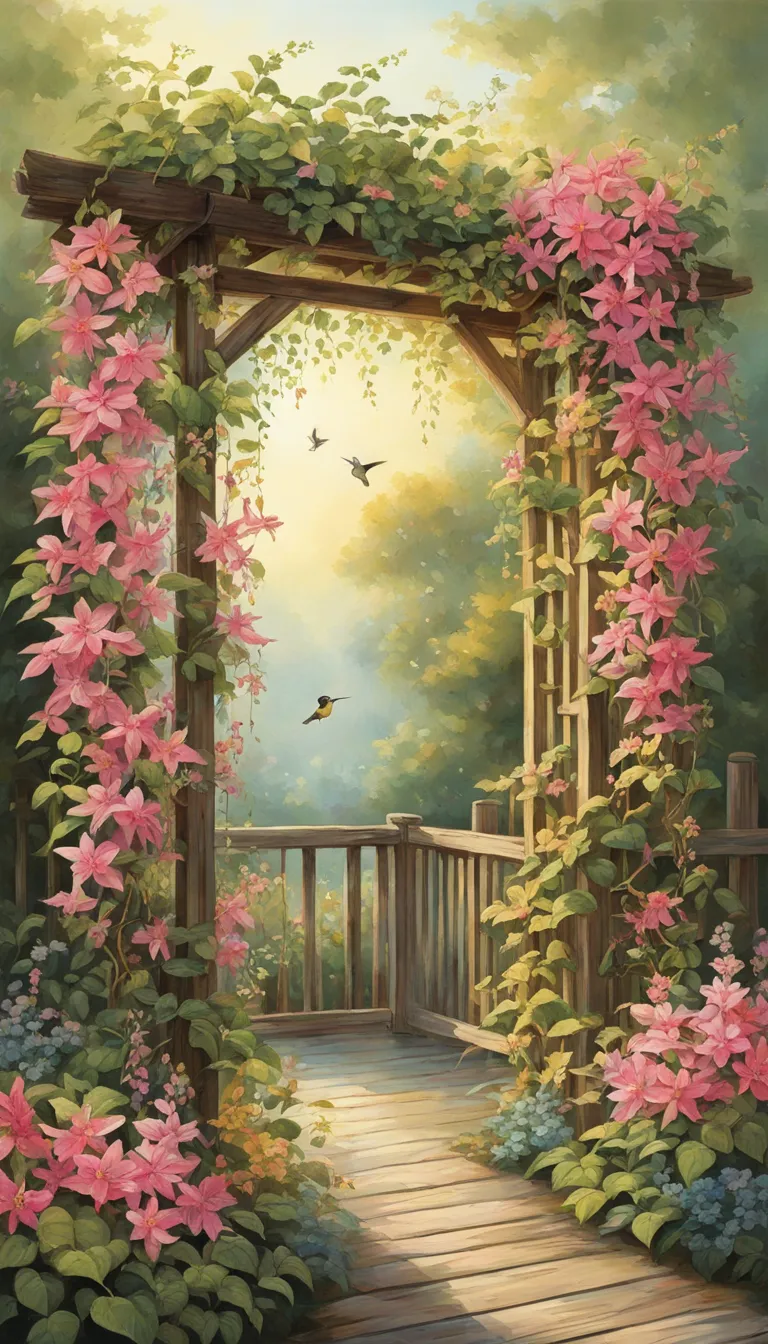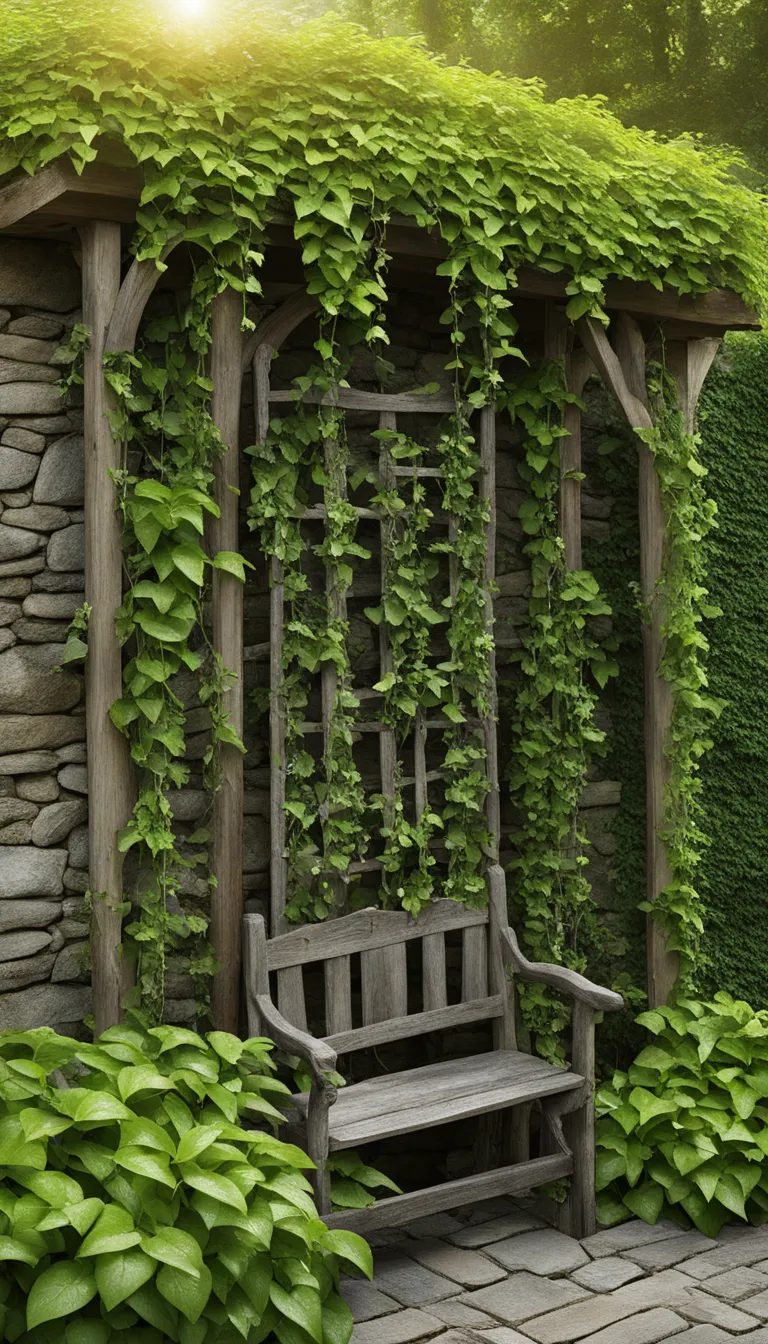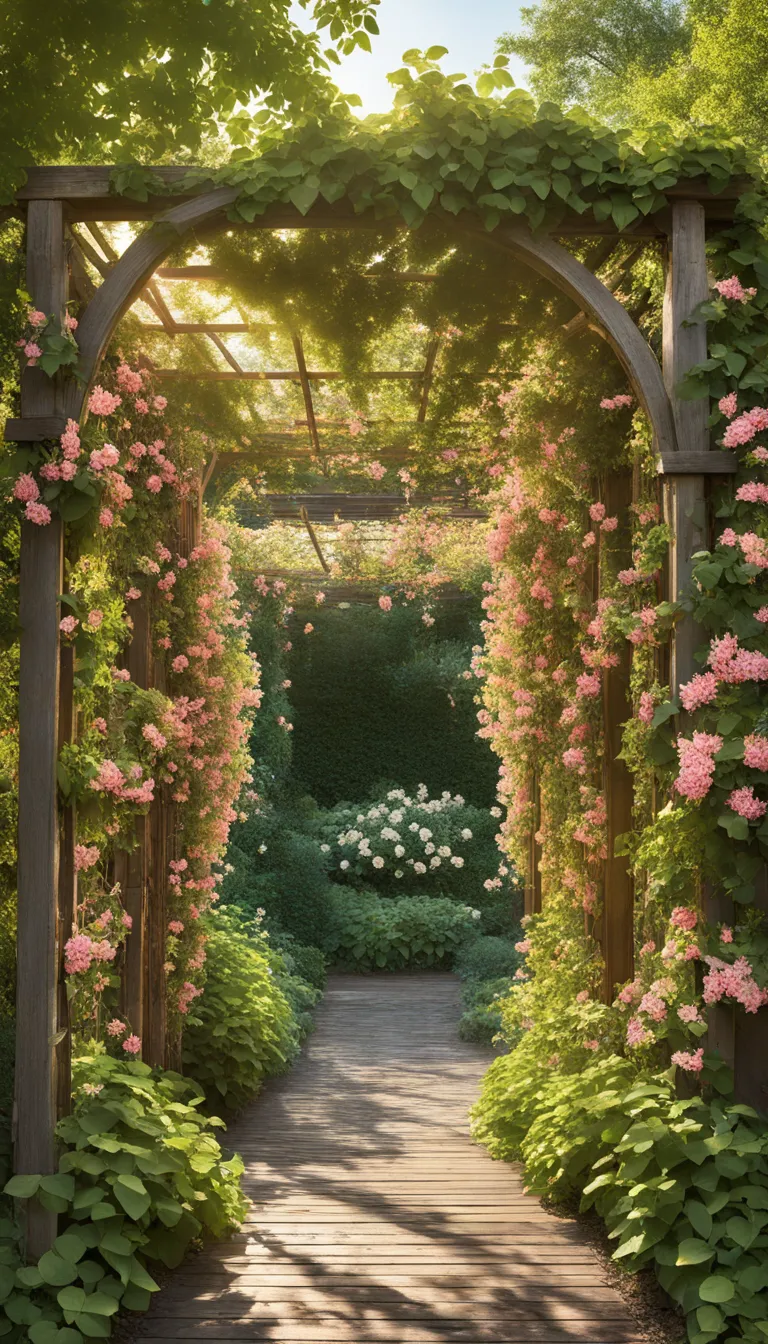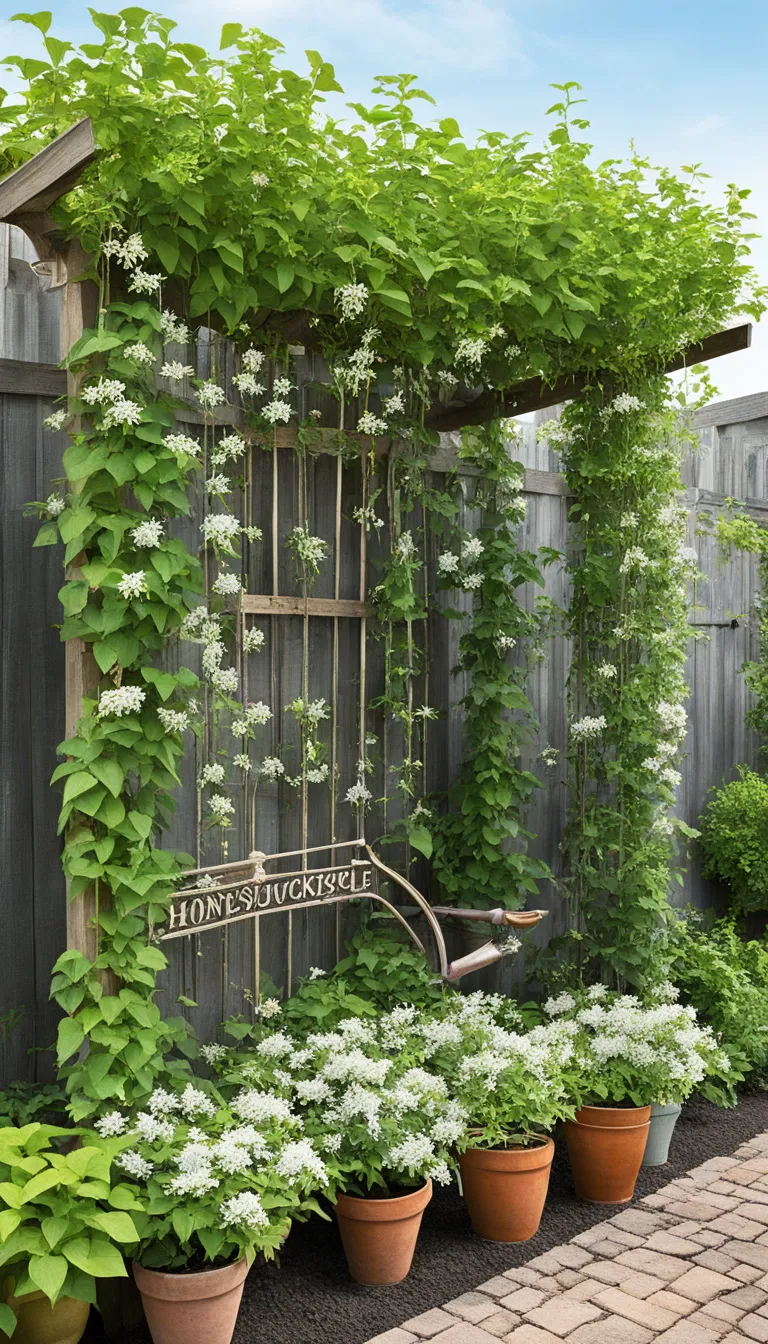Welcome to the enchanting world of honeysuckle, a plant that’s as delightful to the senses as it is to the garden. Have you ever caught a whiff of something sweet and irresistible while strolling through a garden? Chances are, you’ve been beguiled by the intoxicating scent of honeysuckle. This versatile plant is not just a feast for the nose, but it’s also a visual treat with its vibrant, trumpet-shaped flowers and a haven for local wildlife.
But what exactly is honeysuckle? It’s a fast-growing vine or shrub that belongs to the Caprifoliaceae family. With over 180 species, honeysuckle is a diverse plant that can be found in many parts of the world, flourishing in both Europe and North America. Its ability to adapt to various climates makes it a popular choice for gardeners and landscape designers alike. Not to mention, it’s a nectar-rich hotspot for hummingbirds, bees, and butterflies!
Whether you’re a seasoned gardener or a newbie with a budding green thumb, caring for honeysuckle is a breeze. It’s a hardy plant that, once established, requires minimal attention. However, to ensure your honeysuckle thrives, it’s important to provide it with the right conditions and care. But don’t worry, we’ll get into all the juicy details of honeysuckle care later on.
Are you ready to dive into the vibrant varieties of honeysuckle? From the sweetly-scented Lonicera periclymenum to the striking Lonicera japonica, there’s a type of honeysuckle to suit every garden’s needs. The varieties range in color, size, and shape, offering an array of choices for your garden’s design. So, let’s explore what makes each variety unique and how you can incorporate this stunning plant into your own slice of nature.

What is Honeysuckle?
Have you ever caught a whiff of sweetness in the air, only to find yourself near a lush, twining vine with trumpet-shaped flowers? Chances are, you’ve encountered the enchanting honeysuckle. This hardy plant is not just a feast for the nose; it’s a visual treat, too, with blooms that range from creamy white to vivid yellow. But what exactly is honeysuckle? Let’s dive in!
Honeysuckle, or Lonicera, belongs to a family of around 180 species of ornamental shrubs and climbers. These plants are known for their fragrant flowers and are often found in the wild, winding their way around fences and gateways. But it’s not just their beauty that captivates; honeysuckle flowers are also edible and have been used in traditional medicine for years. Intrigued? You should be!
These versatile plants serve a multitude of purposes. They’re not just decorative; they’re also practical. Did you know that honeysuckle can be used to make tea or that its flowers have been used to create natural syrups? And let’s not forget their role in attracting pollinators like bees and hummingbirds, making your garden a hub of wildlife activity.
So, whether you’re looking to add a splash of color, a hint of fragrance, or a natural wildlife attractor to your garden, honeysuckle could be the perfect choice. Stay tuned to learn how to care for these beauties and the varieties you can choose from to make your garden truly explode with life!

How to Care for Honeysuckle?
Caring for honeysuckle isn’t just a walk in the park—it’s more like a delightful journey through a fragrant garden. These climbing plants can transform an ordinary fence into a tapestry of color and scent. But how do you ensure that your honeysuckle thrives? Let’s dig into the essentials.
First things first, sunlight is your honeysuckle’s best friend. These beauties crave the sun’s warm embrace, so make sure they get at least 6 hours of direct sunlight a day. But what about water, you ask? Well, they like their soil moist, but not waterlogged—think of it like a sponge that’s wet but not dripping.
Now, let’s talk pruning. It’s not just about snipping away—it’s an art form. Prune in the late winter or early spring to remove dead wood and encourage new growth. But remember, be gentle; honeysuckle vines are like the sensitive poets of the plant world.
For those who love a good list, here’s a quick rundown of honeysuckle care:
- Sunlight: Full sun to partial shade
- Watering: Keep soil consistently moist
- Soil: Well-draining, fertile soil
- Pruning: Late winter or early spring
- Fertilizing: A balanced fertilizer in spring
And there you have it, folks. With these tips, your honeysuckle will be the envy of the neighborhood. So go on, give your garden that burst of life it’s been craving!

What are the Honeysuckle Varieties?
Ever wondered why honeysuckle seems to come in so many shapes and colors? That’s because this fragrant beauty isn’t a one-size-fits-all kind of plant. In fact, there’s a whole palette of varieties that can bring an explosion of color and surprise to your garden. Let’s dive into the world of honeysuckle varieties!
Japanese Honeysuckle (Lonicera japonica): This is the variety you’re likely to see covering fences with its vigorous growth. It’s known for its sweet scent and white to yellow flowers. But watch out – it can be quite invasive!
Coral Honeysuckle (Lonicera sempervirens): Looking for something a bit tamer? Coral honeysuckle is a well-behaved climber with tubular red or coral-colored flowers. It’s a magnet for hummingbirds and perfect for trellises or arbors.
Goldflame Honeysuckle (Lonicera x heckrottii): This hybrid is a showstopper with its pink and yellow blooms. It’s less invasive and has a more controlled growth habit, making it an ideal choice for those who want the beauty without the beast.
European Honeysuckle (Lonicera periclymenum): For a touch of old-world charm, the European honeysuckle’s pink and creamy white flowers are a sight to behold. It’s also known for its strong and delightful fragrance that intensifies in the evening.
Here’s a quick overview of these varieties:
| Variety | Scientific Name | Flower Color | Growth Habit |
|---|---|---|---|
| Japanese Honeysuckle | Lonicera japonica | White to Yellow | Invasive |
| Coral Honeysuckle | Lonicera sempervirens | Red or Coral | Climber |
| Goldflame Honeysuckle | Lonicera x heckrottii | Pink and Yellow | Controlled Growth |
| European Honeysuckle | Lonicera periclymenum | Pink and Creamy White | Strong Fragrance |





